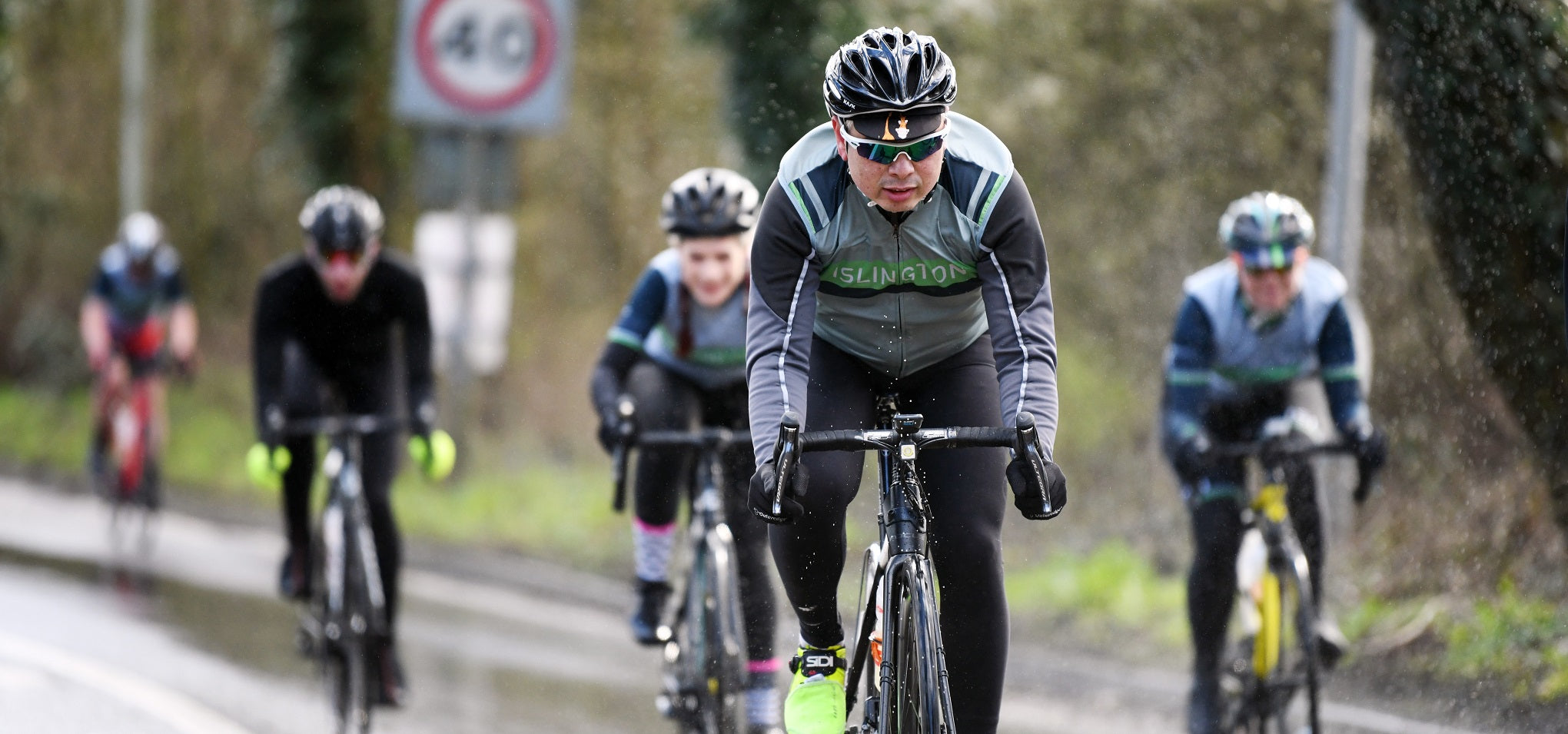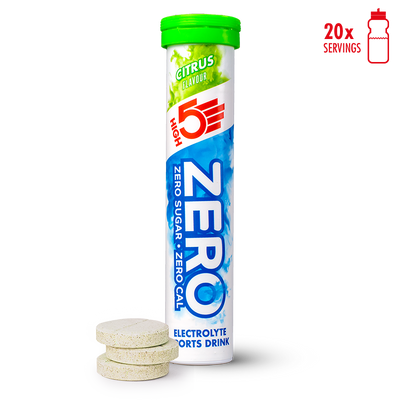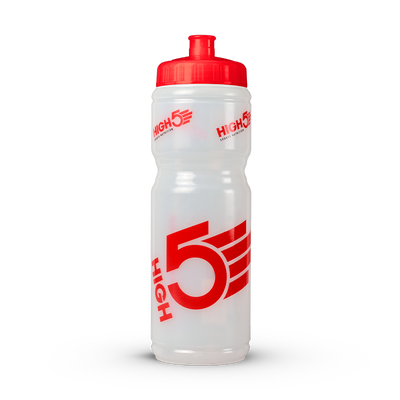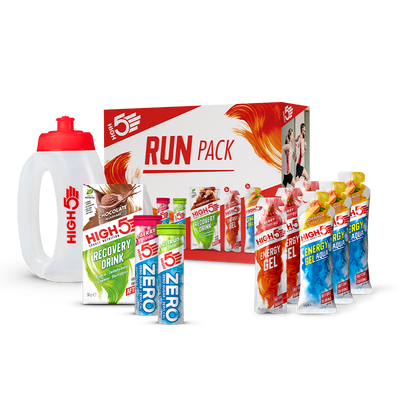Fitting your training around a busy schedule isn’t always easy. Not all of us have the time to be out on the bike for hours at a time. Here are five useful tips to help you put more focus into your training and be more effective with your time.
1. Be Consist
Having some consistency within your training is pivotal to fitness improvements. It is far better to train four days a week for a shorter duration than to do two longer sessions. Backing up your workouts is where the real training stimulus lies and it's key to developments in fitness. Try to block training days together in two’s or three’s depending on the demand of the workouts. Separate these blocks with a rest day or active recovery off the bike, like walking or swimming.
2. Be Specific
The training you are doing needs to be targeted towards your goals or target events. For example, endurance events require more volume in training and aerobic conditioning. In contrast, if you're training for a 10 mile time trial then you should approach this with more threshold work and also spend some time in your race position. Specific quality sessions for your goals are as important as keeping your training consistent.
3. Train at the right intensity
One of the biggest mistakes amateur athletes make, is training too much at a high intensity. When you have time constraints and limited time to train, the temptation is to ride hard every session. You should use intensity sparingly and make your hard sessions really hard. Mix maximal efforts with sub maximal (under threshold) and conditioning rides at the top of your endurance zone which is up to 80% of your functional threshold power or maximal heart rate.
4. Set Goals
If you have limited training time, give each session a specific goal or target that you want to achieve. This allows you to maximise every available hour you have to train. Maybe you need to build endurance, work on your threshold, or improve your sprint prowess? You can even use your next recovery ride to work on your pedalling efficiency. Giving each session a goal, will help you be more effective with your training.
5. Use your data
Do you ride with a bike computer to measure your speed, heart rate or even your power? Use the data to track and measure your training. Keep a diary either via GPS uploads or write them down so you can look back at your training and spot potential areas you need to work on. Or maybe you've trained really consistently and you can go into your next event with full confidence. If you use heart rate and/or power then learn to understand how monitoring and using this data can enhance the quality of your training.
For more training advice, check out our blog or nutrition guides! And, keep us in the loop with your training and events by tagging us in your updates on Facebook, Twitter and Instagram.






